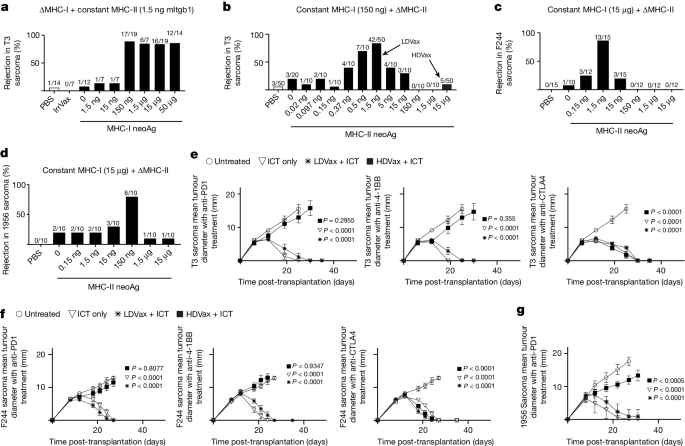2024-08-21 ペンシルベニア州立大学(PennState)
<関連情報>
- https://www.psu.edu/news/agricultural-sciences/story/honey-bees-may-play-key-role-spreading-viruses-wild-bumble-bees/
- https://esajournals.onlinelibrary.wiley.com/doi/full/10.1002/ecs2.4883
季節的なウイルス流行の比較から、ミツバチが春にマルハナバチの病原体リザーバとなる可能性が裏付けられた Comparison of seasonal viral prevalence supports honey bees as potential spring pathogen reservoirs for bumble bees
Briana E. Wham, Elyse C. McCormick, Casey M. Carr, Nicole R. Bracci, Ashley C. Heimann, Timothy J. Egner, M. Jesse Schneider, Heather M. Hines
Ecosphere Published: 18 June 2024
DOI:https://doi.org/10.1002/ecs2.4883

Abstract
Bee declines pose a serious risk to agricultural sustainability, wild plant diversity, and the commercial bee industry, generating local and global concerns about bee health. Parasites, including micro-parasites and macro-parasites, negatively impact bee population dynamics. Management of parasites requires an understanding of the cyclic trends in prevalence and the factors impacting these patterns. In this study, we advance understanding of parasite epidemiology and transmission among members of the bee community toward the goal of improving predictability of parasite prevalence seasonally. Honey bees and bumble bees were collected throughout an active season and across multiple overwintering periods. These bees were molecularly tested for two common bee viruses—deformed wing virus (DWV) and black queen cell virus (BQCV)—and morphologically screened for Vairimorpha spp., nematodes, and parasitic flies to determine whether these parasites exhibit unique seasonal trends, if overwintering behavior impacts parasite survival, and how these patterns differ between honey bees and bumble bees. The results suggest consistent seasonal trends between honey bees and bumble bees; however, these trends are parasite-specific. Honey bees consistently exhibited a higher magnitude of viral prevalence compared with bumble bees. Both honey bees and bumble bees reduced viral prevalence over the winter; however, only in bumble bees did this drop to negligible prevalence each spring. These data suggest that honey bees may have a larger impact on parasite transmission, as they pose to reinfect bees which otherwise would have very low prevalence each spring and sustain high levels of infection in communities year-round.


